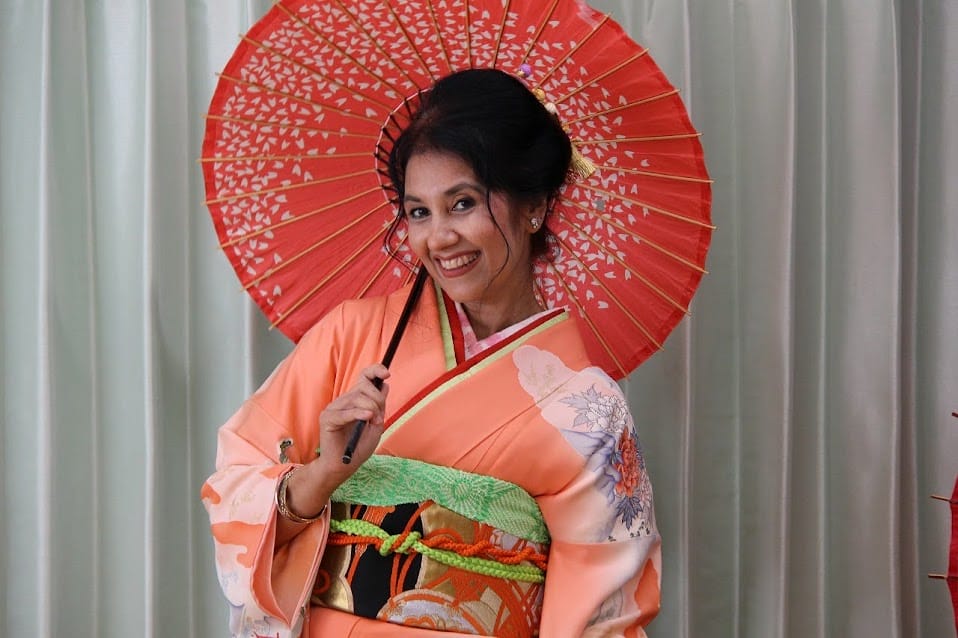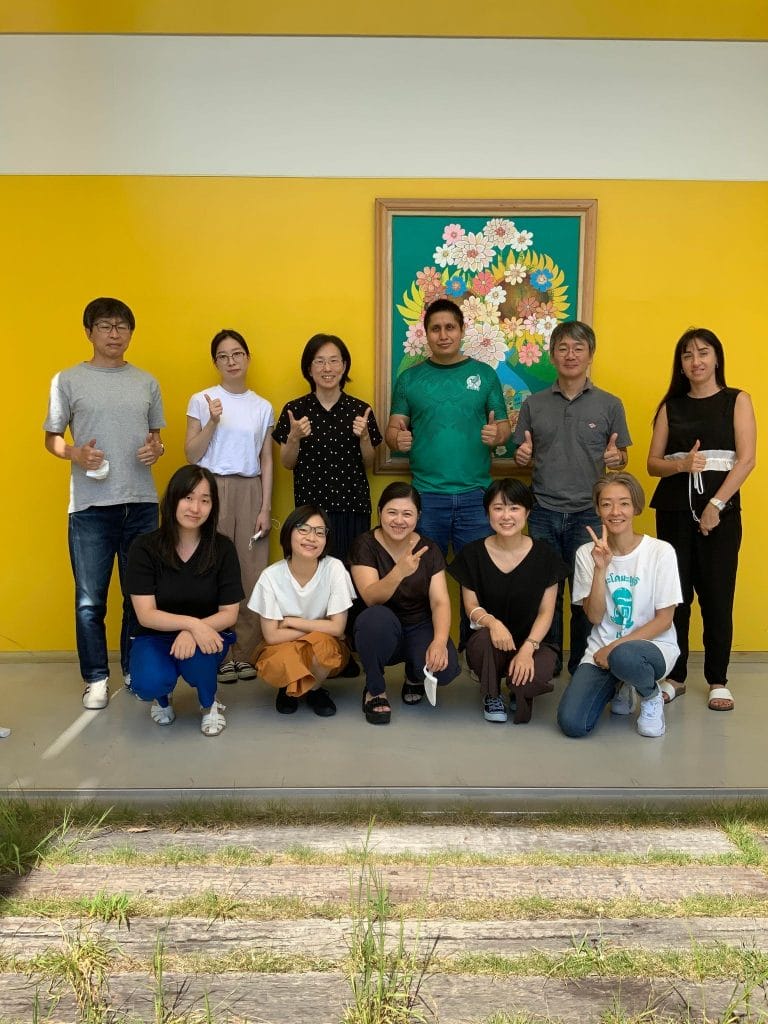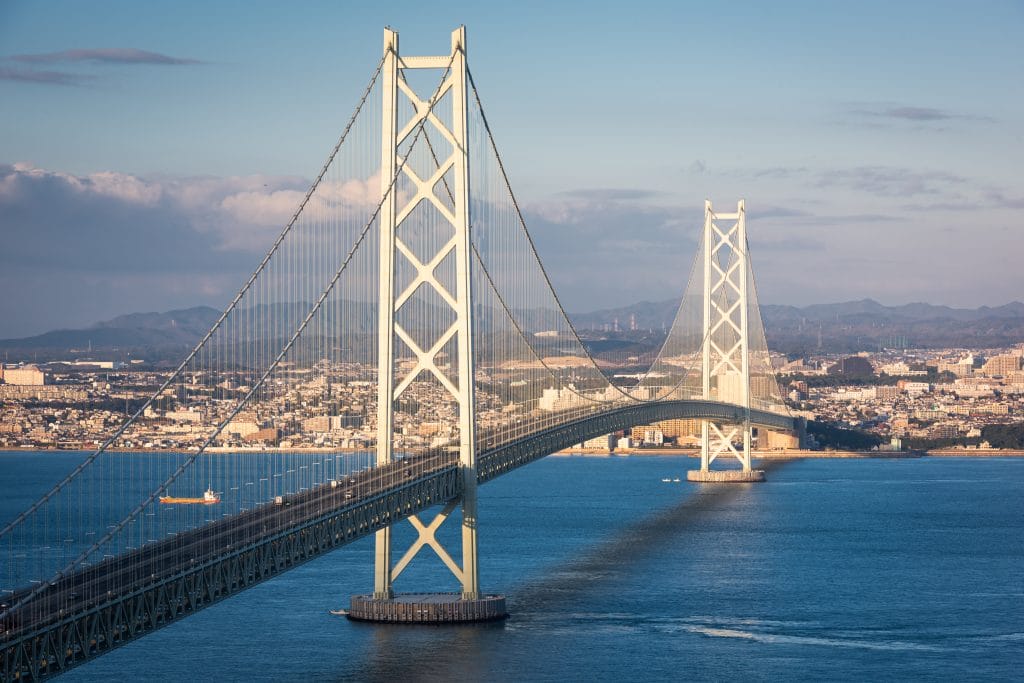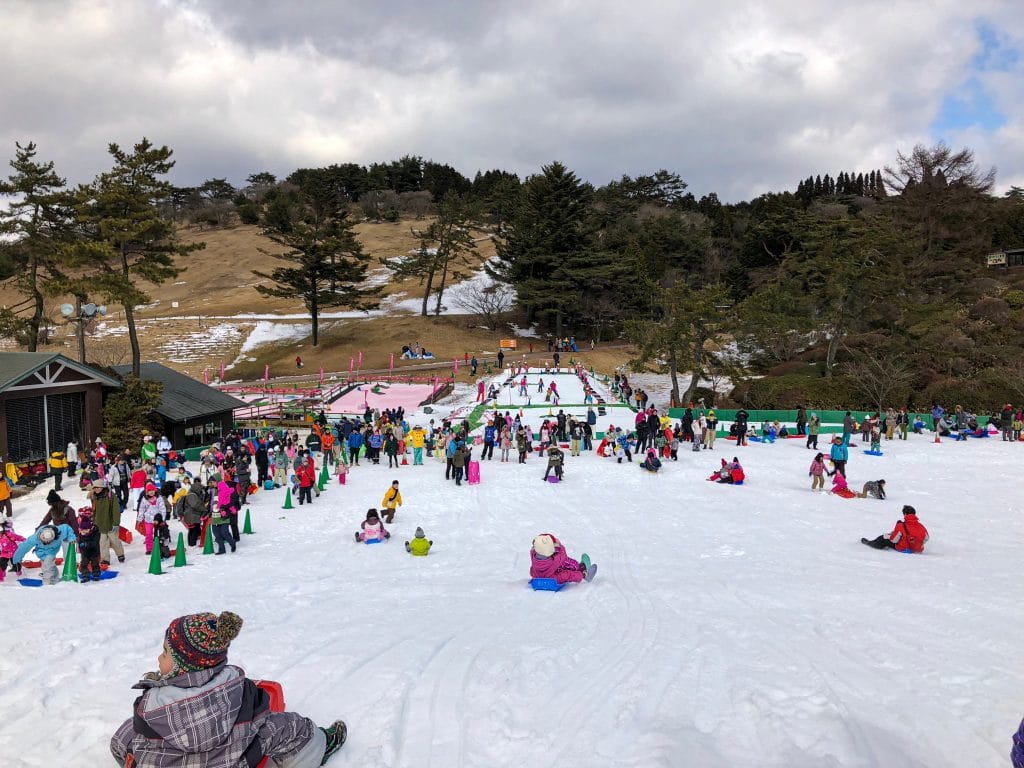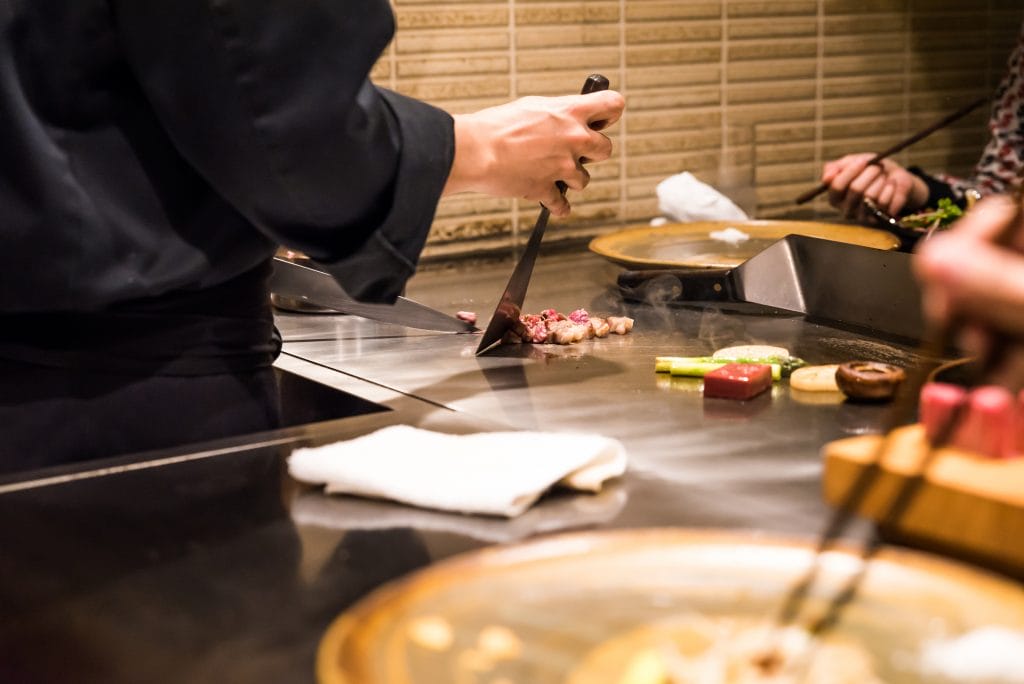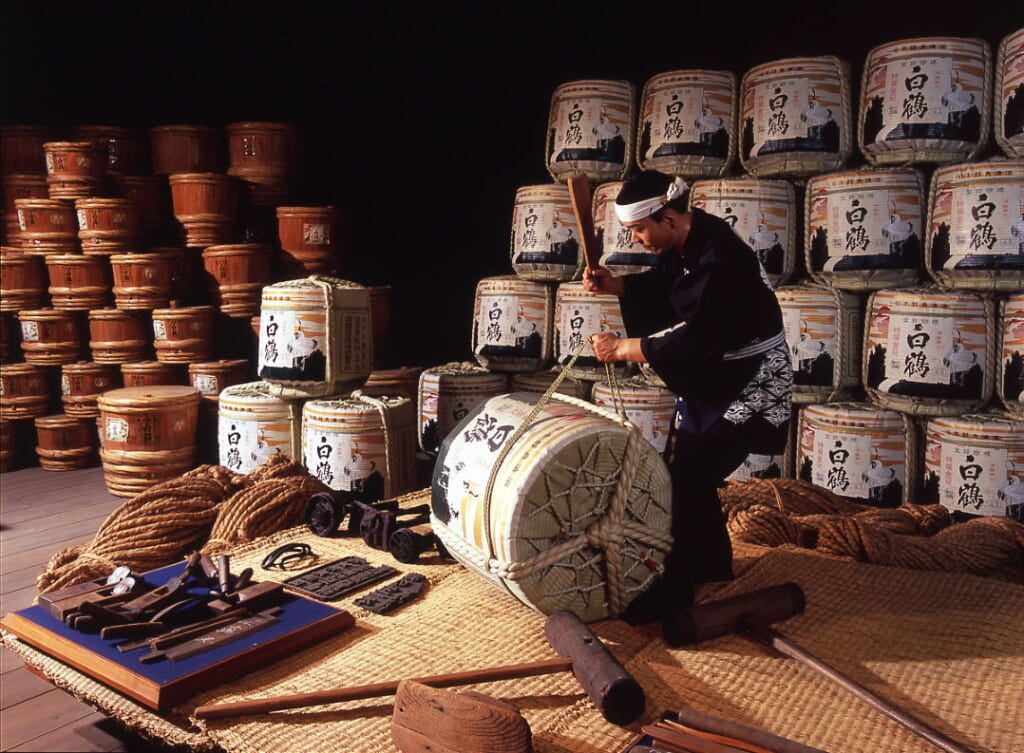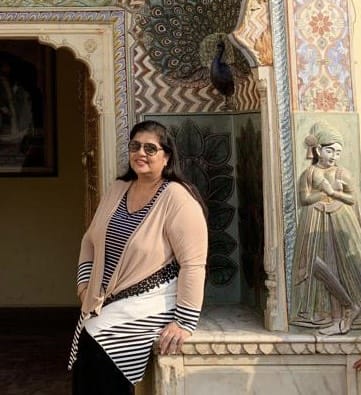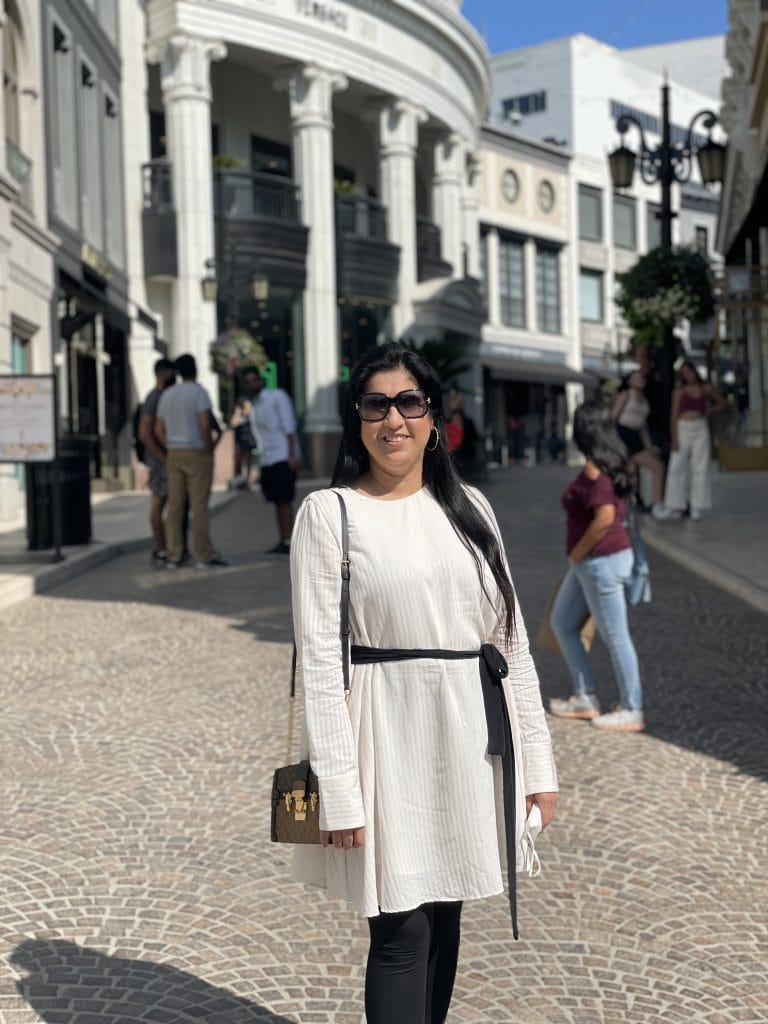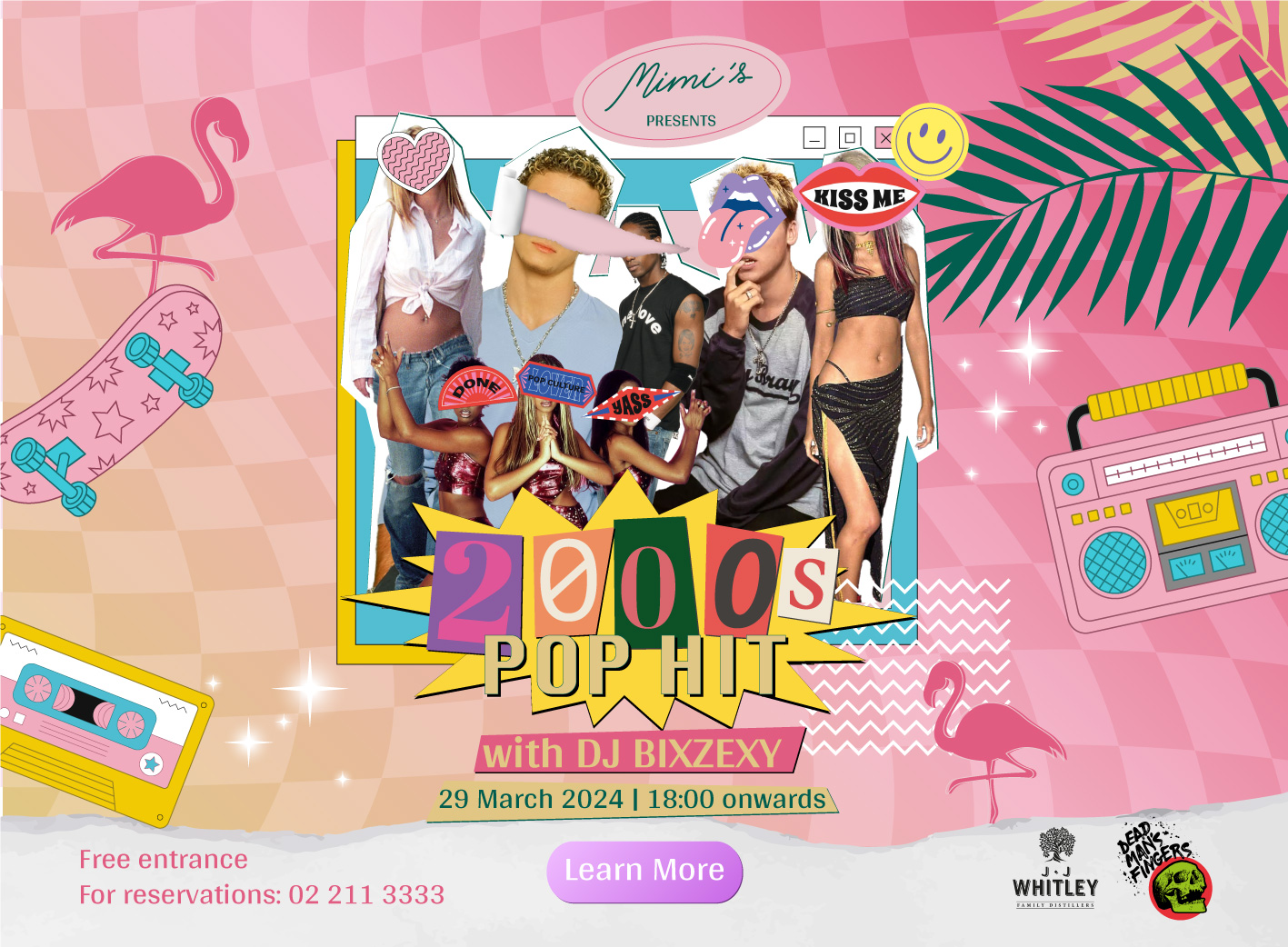A key to Kobe
By Shaan Bajaj, Paramjeet ‘Pam’ Bajaj, and Multi Language Center FACIL
I spent a significant amount of my childhood and teenage years in Kobe, including studying in Kobe for a year, as it is home base for my dad. Many summers and winters were dedicated to soaking in the spoils of this unique cosmopolitan city. From breathtaking seasonal foliage, stunning city views, and a delicious variety of Japanese desserts, Kobe is an underrated Japanese city that will settle into a small corner of your heart before you even realise it.
While Kobe is world-famous for its Kobe beef, there is so much more than meets the eye. Here is an insider’s guide, with help from Kobe PR Ambassador Paramjeet ‘Pam’ Bajaj (Instagram: @paramjeet_pam), Multi Language Center FACIL (https://tcc117.jp/facil/), and community members who give insight on where to eat, what to do, and how to make
the most of your trip.
WHAT TO DO
Whether you’re planning a one-day trip or a one-week trip, these attractions should not be missed!
- Mt. Maya Kikuseidai Observation Platform
Commonly referred to as the ten-million-dollar night view, the observation deck stands at 700 metres above sea level, with a view of Kobe and the sea beyond, Osaka in the East, and Akashi Strait in the West. The name kikuseidai means a hill where one could scoop up a handful of stars because of its proximity to the sky.
Pro tip: Head to Café 702 near the observation deck to take in the view with a cup of coffee in hand. - Arima Onsen
Recorded as Japan’s oldest hot spring town, dating back more than a thousand years, emperors historically used to come to Arima for its healing properties. The hot spring has two different classifications, kinsen (golden springs) and ginsen (silver springs). Kinsen is high in iron and salt, and can be beneficial for individuals who suffer from body soreness. There are two types of ginseng: carbonated spring water and radioactive radium spring water. It can improve blood circulation, metabolism and digestive issues.
Pro tip: Geiko Café Ito is one of the oldest Geiko communities, dedicated to preserving the art of their dance form. You can watch them perform while indulging in a cup of tea or sake. - Ikuta Shrine
This shrine dates back to the 3rd century AD, making it one of the oldest shrines in Japan. Worshipers seeking vitality and couples looking to get married often pay a visit to this shrine. - Akashi-Kaikyo Bridge
The bridge is one of the world’s longest suspension bridges, connecting Kobe to Awaji island. Not only can you enjoy the view of the bridge but it also offers an adventurous tour with a walk along the maintenance path, and the opportunity to go to the top of the bridge, giving you unconstructed views of Osaka and Kobe, along with Kansai International Airport.
If you are travelling with little ones, here is a list of attractions to keep in mind:
• Oji Zoo
• Suma Beach
• Rokko Snow Park
One of my favourite activities in Kobe was to hike up Mount Rokko, as the natural beauty never failed to amaze me, along with the view. For anyone looking to enjoy the seasons of Japan along with unforgettable landscapes, here is a list of places to save:
• Nunobiki Falls
• Sorakuen Garden
• Rokko Shidare Observatory on Mount Rokko
• Meriken Park
• Tamba Momiji Sanzan
• Kobe Municipal Arboretum
• Kobe Port Tower
FUN FACTS ABOUT KOBE
- Japan’s seventh-largest city
- 1.5 million people call it home, including an International community of 45,000 people
- Kobe was the first to open to foreign trade in 1868, making it the cosmopolitan city it is today
- Hydrangeas are Kobe’s official flower
- KanÕ JigorÕ, founder of the Japanese martial art Judo, is from Kobe
WHERE TO EAT
Kobe beef
The first thing to understand about Kobe beef is that it refers to Tajima breed cattle from Kobe, also commonly known as Wagyu. Its flavour profile is said to be tender and well marbled with fat. To ensure the highest quality, The Kobe Beef Association brands the beef as Kobe beef after passing a strict selection process.
Where to try Kobe beef:
• Kobe beef steak house teppanyaki, Setsugetsuka Annex
• Kobe Beef Kiyama
• Kobe beef Yazawa Hankyu Sannomiya
Click here for a full list of restaurants with certified Kobe beef
List of restaurants worth paying a visit to:
• Pizzeria Romana Il Vento
• Cà Sento
• La Maison de Graciani Kobe Kitano
• Tana Forno
• Tetsu
• Kobe Belle Coffee shop
• Katsukara at Mint Kobe
• Tooth Tooth
• Ramen Taro Tor Road
• Chicken de kitchen
WHERE TO DRINK SAKE
Sake is a Japanese alcoholic beverage made from fermented rice, and is incredibly popular in Kobe, due to ideal weather conditions to grow high-quality rice. The Nada district in Japan is the leading region for sake production. Sake breweries under Nada Gogo, which refers to five areas, are recognised for their production of premium quality sake.
Take advantage of your stay in Kobe and go sake brewery hopping with this one day route:
- Hama Fukutsuru Ginjo Kobo
Start at one of the oldest breweries in the region, where you can view the fermentation process in real time and try the award-winning Daiginjo Rokko-no-Shizuku sake, along with the option to experience their sake tasting. - Kiku-Masamune Sake Brewery Museum
Head to this brewery that opened its doors in 1659. It currently highlights the basics of sake-making while allowing you to taste a new sake brand, Hyaku Moku. You also get the unique opportunity to taste a sake brewery soft serve ice cream. - Kobe Shu-Shin-Kan
This is the birth place of gold-prized sake, Fukuji Junmai Ginjo. It allows you the chance to learn about what makes this sake so special alongside a tasting of genshu, unpasteurized sake. - Sawanotsuru Museum
End your sake tour by visiting a brewery focused on preserving traditional brewing methods from the Edo period. While you soak up all the knowledge, don’t pass on the chance to sip their premium ume liqueur called Koshu-jikomi Umeshu.
WHERE TO SHOP
- Kobe Harborland
Located near Kobe’s port, Kobe Harborland is a popular place among locals and tourists alike. It has a large shopping centre featuring Japanese and Western brand names, alongside a number of restaurants, a movie theatre, and amusement spaces. - Kobe Sannomiya Center Gai Shopping Street
Running parallel to Kobe’s central train station, it is a lively hub lined with fashion stores, home furnishing shops, restaurants, and so much more. Shoppers can experience the local shopping culture and even buy souvenirs to take back home.
Pro trip: Head to the Daiso 100-yen shop where each item, from household tools to stationary, is valued at JPY 100. - Kobe-Sanda Premium Outlets
For anyone who enjoys shopping premium brand names, both international and Japanese, this outlet will make sure you spend your money’s worth. Modelled after a suburban town in Los Angeles, Sanda offers a world-class shopping experience.
COMMUNITY MEMBERS SHARE THEIR FAVOURITE SPOT
Don’t forget to save these for your visit!
Satnam Kaur (Thakral) Bajaj
Born and raised in Kobe
I have many favourite places, but I particularly love a coffee place called Nishimura Coffee; it has the best coffee in town!
Mudit Suebsukchareon
Born and raised in Kobe
I personally love Suzuran-no-Yu Onsen, which gives you the ultimate onsen experience.
Anisha (Sachdev) Bedi
Born and raised in Kobe
Kobe Haborland has everything from restaurants, shopping, and entertainment. It is perfect for a family day out.
Sanjay Motwani
Born and raised in Kobe
Mokumoku – it’s one of the best yakitori restaurants in Kobe, hands down. I can never get enough of this place!
Paveena Bajaj
Kobe permanent resident
Motomachi Shopping Street should not be missed!
SEASONAL FESTIVITIES TO LOOK OUT FOR WINTER
WINTER
• Kobe’s Fruit and Flower Park light up for the winter season with a different theme each year. The illuminations usually run from November to February.
• Since 1995, Kobe has held a light festival, Kobe Luminarie, every December to remember the Great Hanshin Earthquake. As a consequence of the earthquake, many had to live in darkness, so the illumination of lights is a symbol of hope, renovation and recovery. It runs for two weeks in the middle of December.
• Celebrate Hatsuhinode, a Japanese tradition of watching the first sunrise of the year to bring good luck. Popular spots to catch the first rays are Mount Rokko, Mount Maya, or Nunobiki Herb Gardens.
• Nankin-machi, or Kobe’s Chinatown, celebrates the Chinese New Year in style with a variety of dragon dances, music, parades and more.
SPRING
• At the end of March and beginning of April, you can witness the world-famous cherry blossom season. Best places to see the pink bloom in all its glory is Ikutagawa Park, Akashi Park, or the tunnel of Sakura trees near Maya Cable Car station.
• In the beginning of May, during Japan’s Golden week, the street Kitanozaka is covered with huge flower paintings. The festival lasts three days.
SUMMER
• Held on the first Saturday in August at the harbour, the Kobe Port Marine Fireworks Festival is a celebration of summer. Families gather around to witness more than 10,000 fireworks light up the sky.
AUTUMN
• Every October, Kobe hosts Kobe Jazz Street, a jazz music festival to commemorate Kobe’s love for jazz. It was the first city to bring jazz to Japan because of its status as a port city.
HOW TO GET AROUND
The easiest way to get around Kobe is by using the bus and train routes available. Most of these routes travel through Sannomiya Station, while a lot of central Kobe can be covered by foot as well. You can either buy your ticket per journey, or there are three different passes available specifically for Kobe:
- Kobe Machimeguri 1-Day Coupon: This gives you access to ride on two subway lines for one whole calendar day. It is priced at JPY 1,000, with discounted options of JPY 750.
- City Loop or Port Loop: these two bus routes will take you to all the main attractions in Kobe, with over 30 stops that you hop on and hop off without having to buy a ticket every time. The one-day loop bus ticket is JPY 700, while the two-day loop bus ticket is JPY 1,000. Children can get a discounted price.
- Subway and Bus Day Pass: A one-day pass allows you to use all the city buses and subway lines for JPY 1,040.



